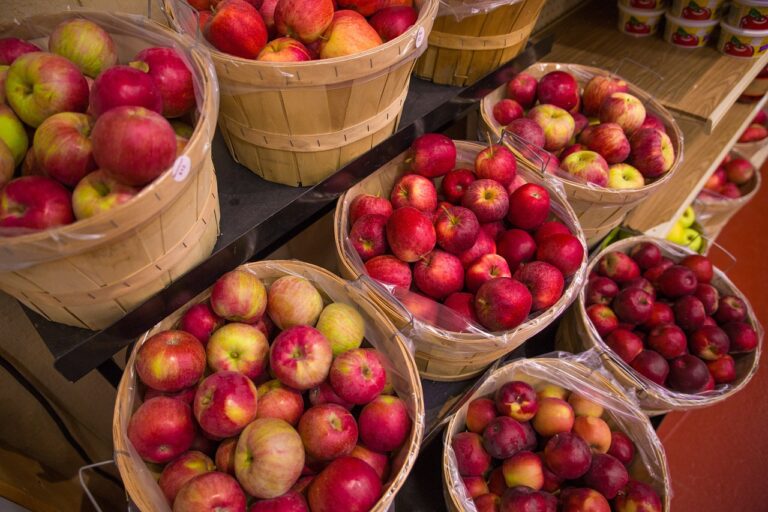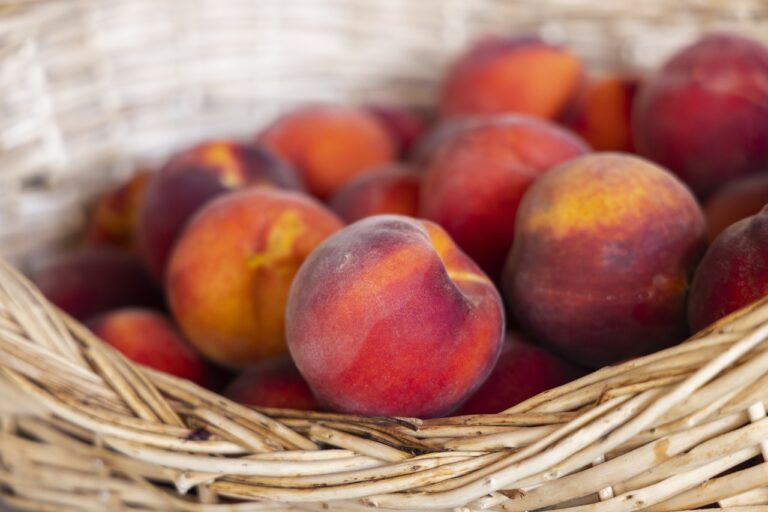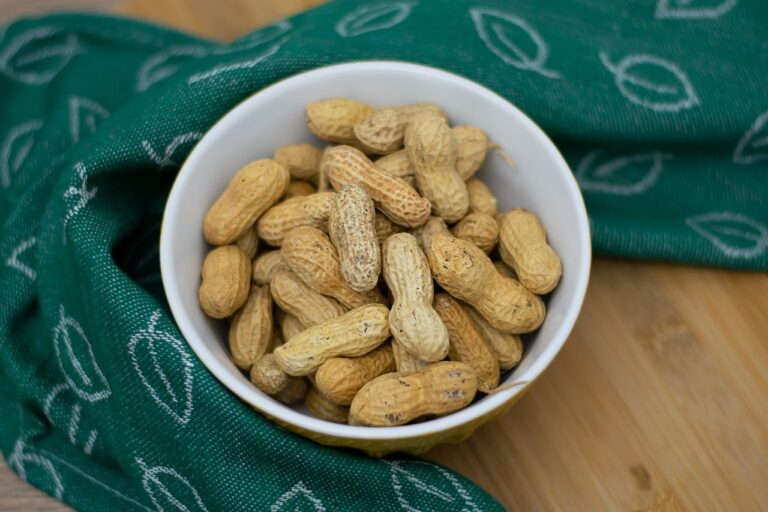Consumer Preferences in Poultry Products: Betbook247 app, Radhe exchange new id, Play11bet
betbook247 app, radhe exchange new id, play11bet: Consumer Preferences in Poultry Products
When it comes to choosing poultry products, consumers have a wide range of preferences based on various factors such as taste, quality, price, and health considerations. Understanding these preferences is essential for producers and retailers to meet the demands of the market and provide products that cater to the needs of consumers. In this article, we will explore the different factors that influence consumer preferences in poultry products.
1. Taste
One of the primary factors that influence consumer preferences in poultry products is taste. Many consumers prefer poultry products that are flavorful and juicy. Whether it’s chicken, turkey, or duck, consumers want poultry products that are delicious and satisfying. Factors such as the cut of meat, cooking method, seasoning, and marinade all play a role in determining the taste of poultry products.
2. Quality
Quality is another important factor that consumers consider when choosing poultry products. Consumers want products that are fresh, tender, and free from any defects or blemishes. Quality can also refer to the breed of the animal, the farming practices used, and the processing methods employed. Consumers are willing to pay a premium for high-quality poultry products that meet their standards.
3. Price
Price is a significant consideration for many consumers when it comes to purchasing poultry products. While some consumers are willing to pay more for premium products, others are more budget-conscious and look for value for money. Price promotions, discounts, and bulk packaging are all strategies that can influence consumer purchasing decisions.
4. Health Considerations
Many consumers are becoming increasingly health-conscious and are looking for poultry products that are natural, organic, and free from additives and preservatives. Consumers are also concerned about issues such as antibiotic use, hormone injections, and animal welfare practices. Products that are labeled as free-range, pasture-raised, or hormone-free are often preferred by health-conscious consumers.
5. Convenience
Convenience is another factor that influences consumer preferences in poultry products. Consumers are looking for products that are quick and easy to prepare, whether it’s pre-seasoned chicken breasts, marinated turkey cutlets, or ready-to-cook duck legs. Convenience products that require minimal preparation and cooking time are popular among busy consumers looking for a convenient meal option.
6. Packaging
Packaging can also impact consumer preferences in poultry products. Consumers are attracted to products that are well-packaged, visually appealing, and easy to store. Factors such as packaging material, design, labeling, and information provided can all influence consumer purchasing decisions. Sustainable packaging options, such as recyclable or biodegradable materials, are also becoming increasingly important to environmentally-conscious consumers.
7. Brand Reputation
Brand reputation plays a significant role in consumer preferences in poultry products. Consumers are more likely to trust and purchase products from brands that have a good reputation for quality, reliability, and consistency. Brands that are transparent about their sourcing, production methods, and ingredient quality can build loyalty and trust with consumers.
8. Ethnic and Cultural Preferences
Ethnic and cultural preferences can also influence consumer choices in poultry products. Different cultures have varying culinary traditions and preferences when it comes to poultry. For example, certain cultures may prefer dark meat over white meat, or have specific seasoning and cooking techniques that are unique to their cuisine. Producers and retailers can cater to these preferences by offering a diverse range of products that appeal to a multicultural consumer base.
9. Sustainability and Ethical Considerations
Sustainability and ethical considerations are becoming increasingly important to consumers when it comes to choosing poultry products. Consumers are more aware of issues such as food waste, carbon footprint, animal welfare, and environmental impact. Products that are produced using sustainable farming practices, ethical animal treatment, and eco-friendly packaging are gaining popularity among environmentally-conscious consumers.
10. Local and Seasonal Availability
Consumers are also showing an increasing preference for locally sourced and seasonal poultry products. Products that are produced locally and are in-season are perceived as fresher, more flavorful, and environmentally friendly. Consumers are willing to support local producers and farmers markets to access high-quality, seasonal poultry products that support the local economy and reduce food miles.
Conclusion
Consumer preferences in poultry products are influenced by a wide range of factors, including taste, quality, price, health considerations, convenience, packaging, brand reputation, ethnic and cultural preferences, sustainability, and local availability. Producers and retailers need to understand these preferences and cater to the needs of consumers to remain competitive in the market. By offering a diverse range of products that meet consumer demands and preferences, producers can attract and retain loyal customers in the competitive poultry industry.
FAQs
Q: What are the most popular poultry products among consumers?
A: Chicken is the most popular poultry product among consumers, followed by turkey and duck. Consumers enjoy the versatility, flavor, and affordability of chicken, making it a staple in many households.
Q: Are organic poultry products worth the higher price?
A: Many consumers believe that organic poultry products are worth the higher price due to the perceived health benefits, environmental sustainability, and ethical production practices. However, the decision to purchase organic products ultimately depends on individual preferences and priorities.
Q: How can producers meet the diverse preferences of consumers in poultry products?
A: Producers can meet the diverse preferences of consumers in poultry products by offering a wide range of products that cater to different tastes, quality standards, price points, health considerations, convenience needs, packaging preferences, brand choices, cultural and ethnic preferences, sustainability values, and local sourcing demands. By understanding consumer preferences and market trends, producers can adapt their product offerings to meet the evolving needs of consumers.
Q: What role does marketing play in influencing consumer preferences in poultry products?
A: Marketing plays a crucial role in influencing consumer preferences in poultry products by communicating product features, benefits, quality standards, pricing, availability, and brand values to consumers. Effective marketing strategies can create awareness, generate interest, build trust, and drive purchase decisions among consumers. By promoting their products effectively, producers can attract consumers and differentiate their offerings in the competitive poultry market.







